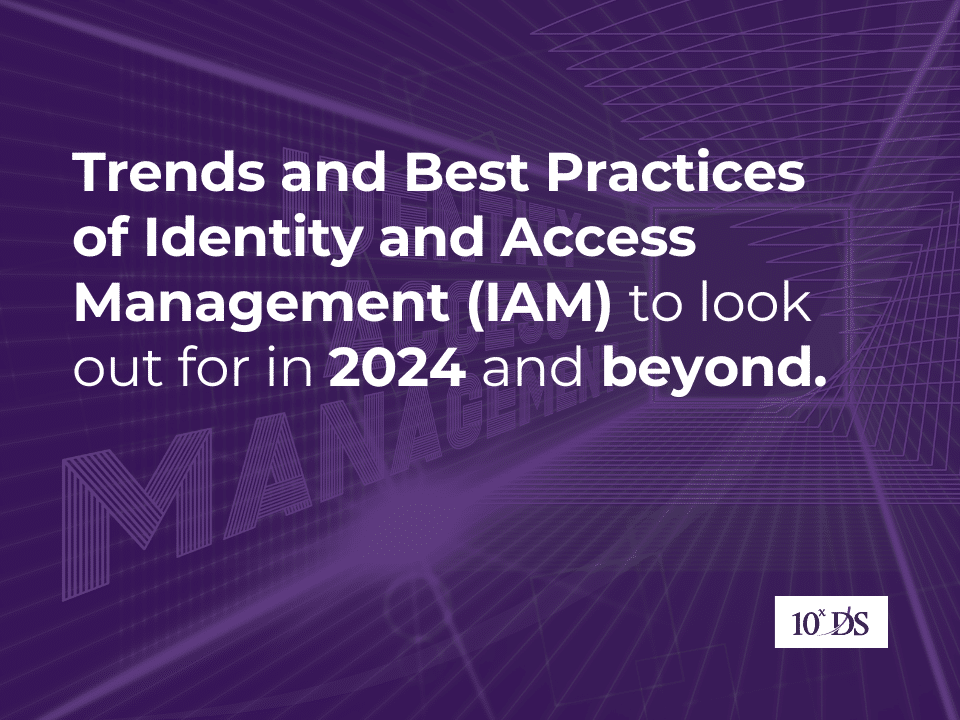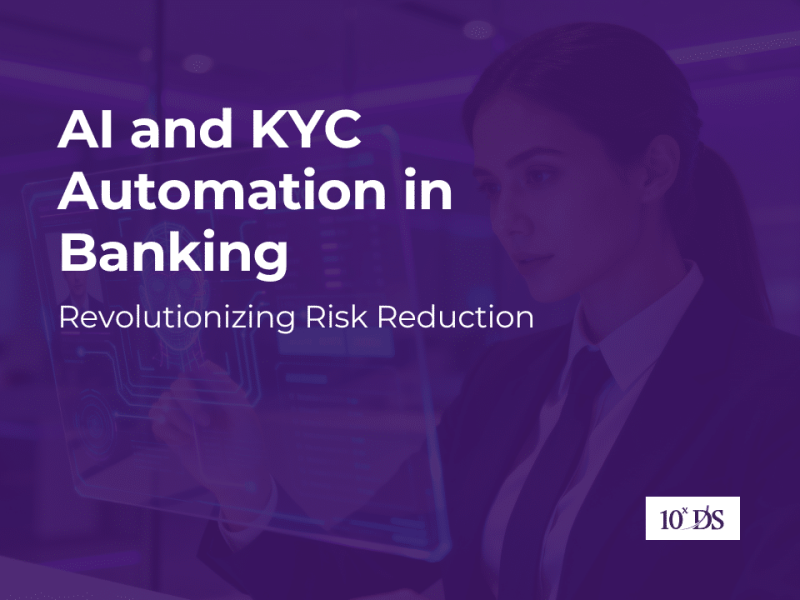
Trends and Best Practices of Identity and Access Management (IAM) to look out for in 2024 and beyond.
Identity and Access Management (IAM) stands as a crucial cybersecurity discipline focused on regulating user access to digital resources and delineating their permissions within organizational frameworks. IAM addresses the need for secure access to company resources, including applications, files, and data, whether employees operate on-site or remotely. Through verification and authorization mechanisms, IAM ensures that only verified entities, including employees, contractors, vendors, and business partners, gain access to these resources, aiming to provide appropriate access levels to the right individuals at the right times. In terms of functionality, IAM encompasses two key components: Identity Management, which maintains comprehensive records of authorized users and includes authentication processes to verify login credentials, and Access Management, which governs permissions for specific resources through policy enforcement, incorporating measures like multifactor authentication (MFA) for enhanced security beyond traditional passwords.
Key Features of IAM:
Shared Access: IAM allows granting permissions without sharing passwords or access keys.
Granular Permissions: Different users receive different permissions for various resources.
Secure Access: IAM provides credentials for applications running on various instances.
Multi-Factor Authentication (MFA): Enhances security by requiring an additional code from a configured device.
Centralized Management: IAM simplifies managing access across an organization’s resources.
Here are some emerging trends and best practices in Identity and Access Management (IAM) that organizations should pay attention to:
Zero Trust Security:
Zero Trust Security represents a paradigm shift in cybersecurity, embodying the principle of “never trust, always verify.” This approach entails continually re-verifying users’ identities based on a range of factors to bolster security measures. It strikes a delicate balance between user experience and cybersecurity by scrutinizing access requests against user characteristics and entitlement management. By adopting the Zero Trust model, organizations cultivate a proactive security stance, systematically verifying and validating access attempts to mitigate the risk of unauthorized breaches and fortify their overall security posture.
Decentralized Identity:
Decentralized Identity emerges as a pivotal response to the expanding landscape of identities for individuals, services, and automated agents. As the volume of identities proliferates, the underlying technologies necessitate radical transformation to align with the imperatives of digitalization and privacy mandates. Blockchain-enabled identities and decentralized IAM systems represent transformative solutions, empowering users to autonomously create, verify, and register their identities. This paradigm shift not only curtails operational costs but also mitigates risks inherent in centralized identity management models, thereby fostering greater resilience and security in the digital ecosystem.
Improved User Experience:
Elevating the user experience stands as an imperative for organizations, necessitating a seamless and gratifying interaction journey. To achieve this, it’s crucial for IAM strategies to closely align with both business and IT objectives, ensuring that user-centric priorities resonate across organizational functions. A pivotal aspect of enhancing user experience involves the consolidation of customer profile data, facilitating the delivery of an omnichannel experience that transcends traditional boundaries. By unifying customer data streams, organizations can orchestrate personalized interactions that seamlessly traverse various touchpoints, fostering deeper engagement and loyalty among users while amplifying overall operational efficiency.
Passwordless Authentication:
Passwordless Authentication marks a significant departure from traditional reliance on passwords, offering a more robust and user-friendly approach to identity verification. Embracing this paradigm shift entails delving into innovative IAM solutions that leverage biometric techniques for authentication, minimizing the vulnerabilities associated with traditional password-based systems. For example, the adoption of Fast Identity Online (FIDO) represents a pivotal stride towards achieving a fully passwordless experience, fortified against the pervasive threat of phishing attacks. By embracing passwordless authentication methodologies, organizations not only bolster their security posture but also streamline user interactions, fostering a frictionless authentication experience while enhancing overall resilience against evolving cyber threats.
Connect Anywhere Computing:
The transition to remote and interconnected computing underscores the necessity for more sophisticated access control mechanisms. In response to this evolving landscape, organizations are turning to advanced access management platforms capable of discerning between legitimate users and malicious bots, thereby fortifying their cybersecurity defenses. These platforms not only bolster security but also offer versatility, accommodating various user and device access scenarios within a flexible identity infrastructure. By embracing Connect Anywhere Computing, organizations not only facilitate seamless remote access for their workforce but also safeguard their digital assets against emerging threats, ensuring robust protection in an increasingly interconnected environment.
Zero-Standing Privileges and Zero-Trust Architecture:
Implementing Zero-Standing Privileges and Zero-Trust Architecture entails adopting industry best practices to minimize security risks and fortify organizational defenses. This involves mandating multifactor authentication (MFA) as a fundamental requirement for privileged access, adding an additional layer of security beyond traditional password authentication methods. Moreover, leveraging adaptive access control mechanisms as integral components of a zero-trust architecture further enhances security by continuously evaluating and adapting access privileges based on contextual factors such as user behavior and device posture. By combining these strategies, organizations establish a robust security posture that not only mitigates the risk of unauthorized access but also aligns with evolving cybersecurity standards, safeguarding sensitive data and critical assets from sophisticated cyber threats.
In conclusion, the landscape of IAM continues to evolve rapidly, driven by emerging technologies, shifting user behaviours, and evolving cybersecurity threats. As organizations navigate this dynamic environment, it’s crucial to stay abreast of the latest trends and best practices to ensure effective IAM strategies. From embracing passwordless authentication and zero-trust architecture to prioritizing improved user experiences and decentralized identity solutions, organizations must adopt a proactive approach to IAM that aligns with their business objectives and security requirements. By leveraging innovative technologies, implementing robust access control mechanisms, and fostering a culture of continuous improvement, organizations can enhance their IAM capabilities, mitigate security risks, and empower users with secure, seamless access to digital resources. As IAM continues to play a central role in safeguarding organizational assets and enabling digital transformation, staying ahead of the curve is essential for maintaining a competitive edge in today’s rapidly evolving digital landscape.
Talk to our experts to know more.


